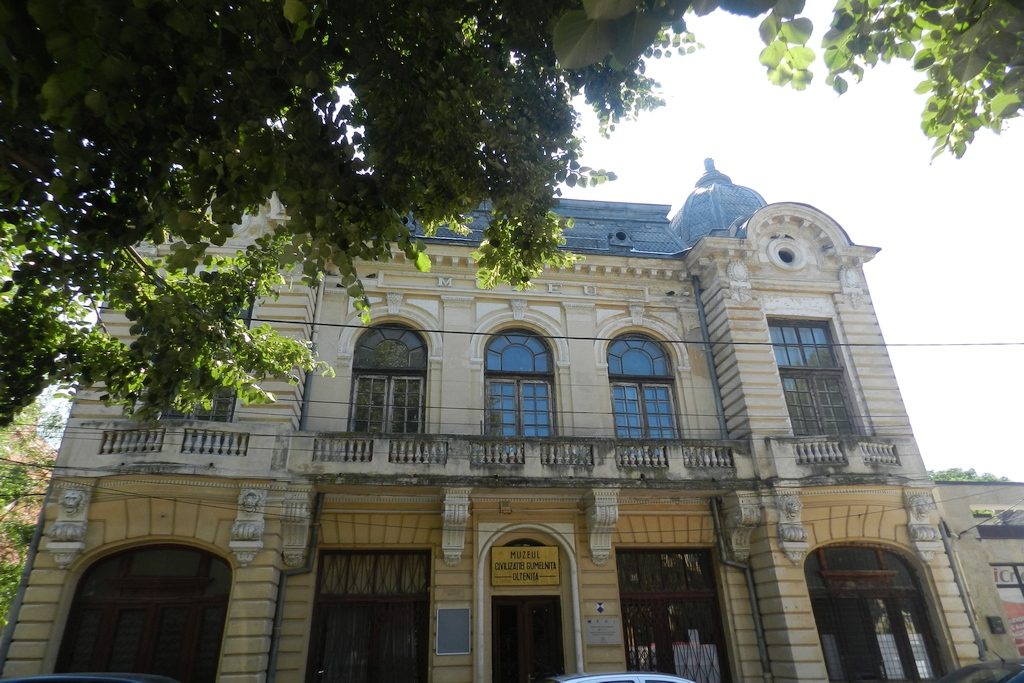

The museum was founded in the year 1957, on the basis of a donation formed of 902 archeological pieces, made by Barbu Ionescu, with the profession of accountant, who was also the first manager of the museum until 1968.
In 1968, it was assigned as manager Done Șerbănescu, who reorganized and modernized the museum. The museum collections increased significantly, reaching up to 15.500 archeological and numismatic objects. The building is built in 1926 (by the architect Ion Cemescu). Initially it was destined to holding cultural manifestations, then part of the premise accommodated temporary the branch Oltenița of the National Bank and of the District Popular Assembly.
In the interior of the museum there are exposed materials of the Eneolithic period Gumelnița (rock and deer corn tools, ceramics, figurines, anthropomorphic and zoomorphic vessels, harpoons, rock axes, plastics), the thesaurus from the millennium I A.D., jewelry thesaurus from Colibași, Chirnogi.
The fundamental exposition is represented by the exposed objects which belonged to the civilizations which evolved in the center of the Romanian Plain, such as the culture Dudeșt, discovered at Căscioarele and Vasilați, the Boian culture illustrated by the discoveries of Spanțov, Căscioarele or Vlădiceasca. A special place has been reserved to the presentation of the civilization Gumelnița, which was given a generous space. The museum collection is exposed on the sites for the vision to have in front the vestiges of each community and to form a complete image about the occupations and the way of life of the human from ancient times.
The represented periods are:
One of the exhibits of great value of the Museum of Civilization Gumelnița, is the thesaurus with the jewelries from Radovanu – Neguleasa which dates back to the XVI – XVIIth centuries or from Nuci, Colibași and Chirnogi.
In the museum there can also be admired a valuable numismatic collection, from which the most important is the thesaurus of Histria coins discovered at Hotarele, which is a proof of the relations between the Getic – Dacian communities and the Greek citadels of the shore of the Black Sea.
The building which accommodates the museum bears the print of the architect Ion Cernescu. This construction was founded in the year 1926 in a French Neo-classic style, with the purpose of being used as a place for cultural manifestations. For a short period of time here was the headquarters of the National Bank of Oltenița and the District Popular Assembly.
